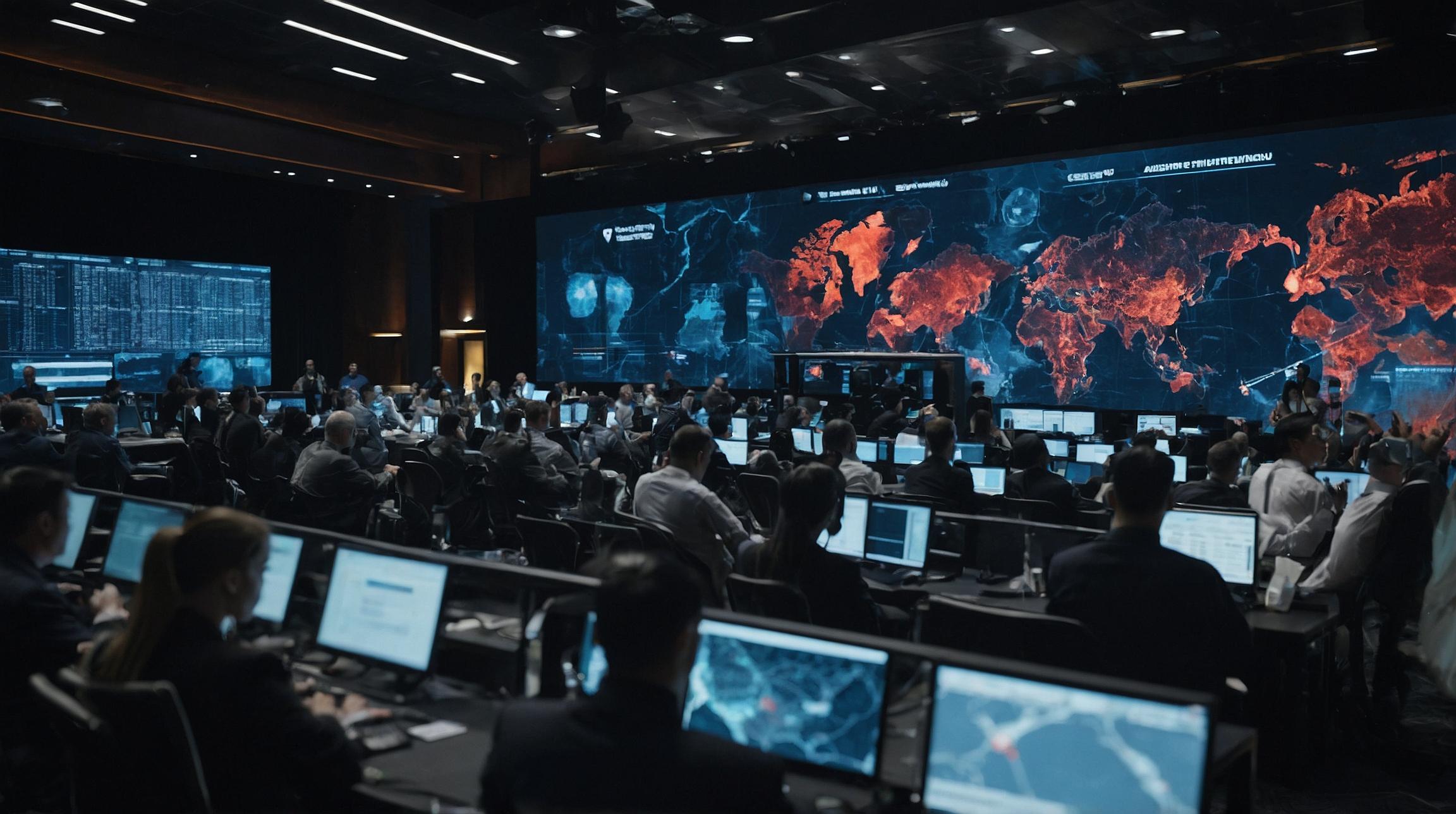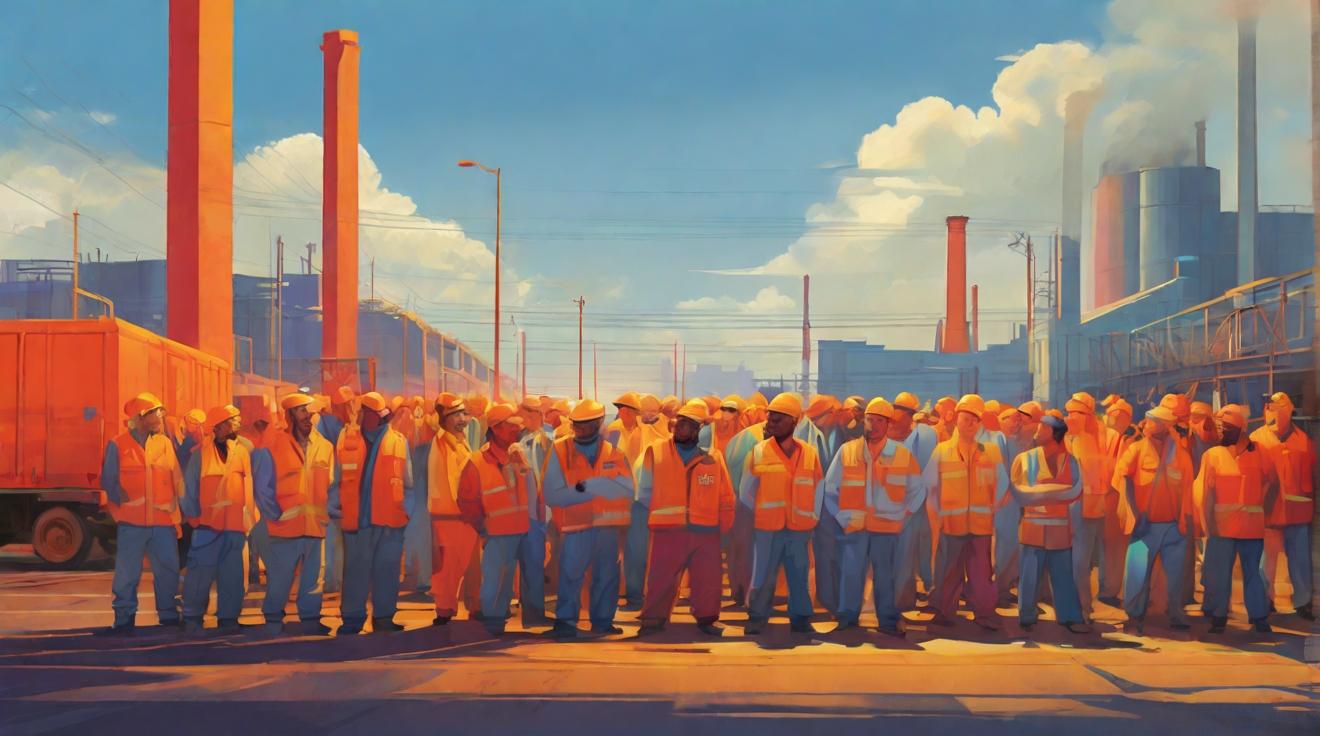Labor and Supply Chain Struggles in Aerospace
In the wake of the COVID-19 pandemic, RTX, a leading aerospace and defense company, is grappling with ongoing supply chain issues. According to Executive Chairman Greg Hayes, the sector is facing a "huge challenge" in finding qualified labor to meet the rising demand for jet production. Despite the recovery of many industries, the aerospace supply chain has not fully bounced back, Hayes explained at the Global Aerospace Summit hosted by the U.S. Chamber of Commerce.
Demand Versus Supply: A Balancing Act
Aerospace leaders, including executives from France's Safran, have expressed concerns over disruptions caused by labor shortages and supply constraints. The industry has endured various shocks, such as labor exodus during the pandemic and increased energy prices following geopolitical tensions like Russia's invasion of Ukraine. As demand for new aircraft and engines soars, repair shops also compete for parts to keep older planes operational, creating further strain on the supply chain.
Geopolitical Risks and Supplier Diversification
In addition to labor issues, geopolitical tensions pose a significant risk to supply chains. Hayes noted that RTX is exploring alternatives to Chinese suppliers to mitigate potential impacts of any sudden geopolitical shifts. With 2,000 suppliers in China, RTX is actively working to ensure dual sourcing for key components, a strategy to maintain supply chain resilience if tensions escalate. This proactive approach is not about exiting China but about having contingency plans in place.
Implications of Global Tensions
The possibility of geopolitical conflicts, such as a Chinese invasion of Taiwan, could lead to increased sanctions from the U.S. against China, impacting American companies. RTX has already ceased purchases from Russian suppliers due to the conflict in Ukraine. The company maintains a vigilant watch over its 14,000 suppliers worldwide, assessing their delivery performance, quality, financial health, and staffing to navigate these uncertain times.
Continued Challenges
The struggle to find qualified labor remains a significant hurdle. While demand for aerospace products has rebounded, the availability of skilled workers has not kept pace. This imbalance highlights the complexities of managing supply and demand in a globalized economy and underscores the importance of strategic planning and risk management in maintaining operational stability.













